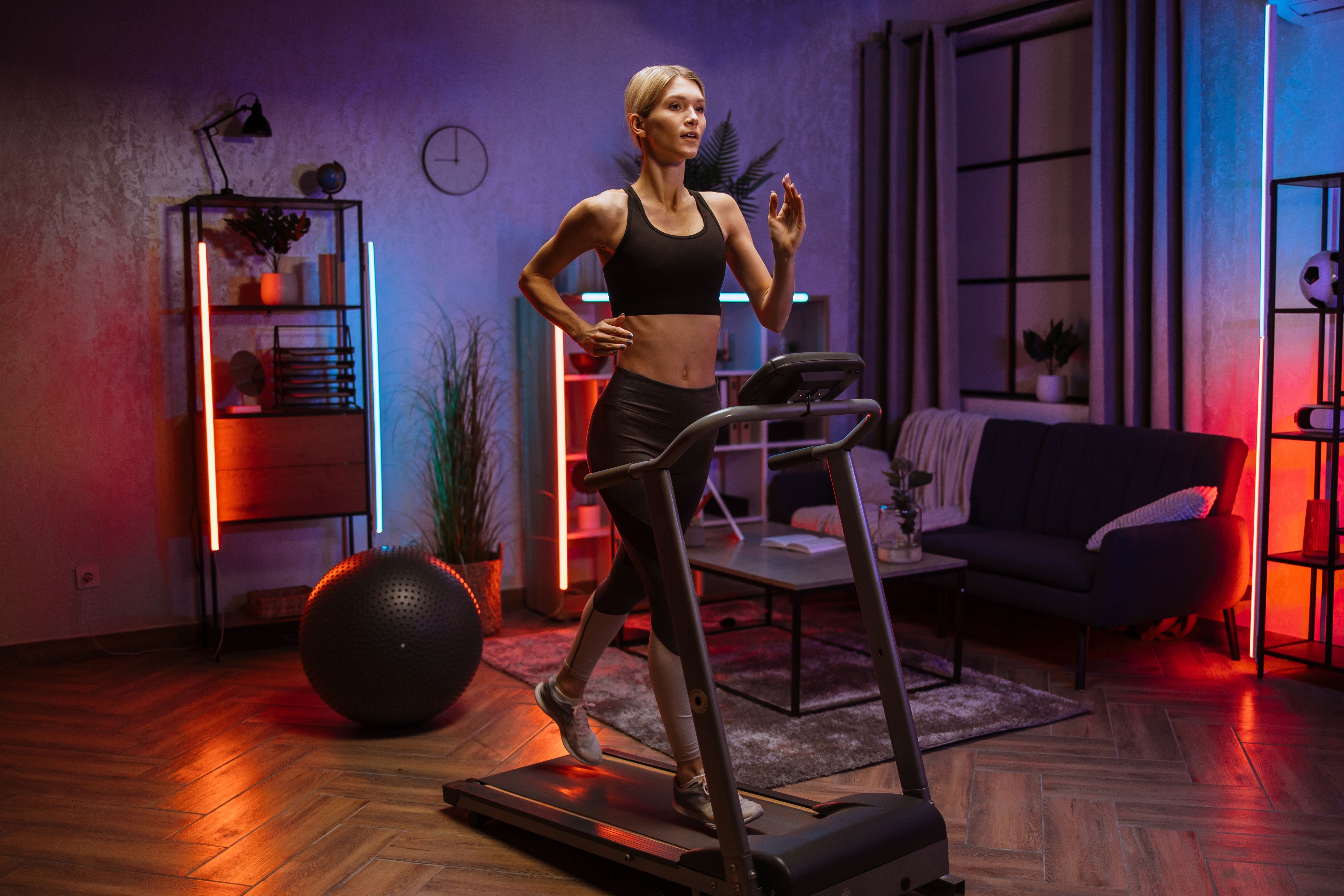The Little Known Benefits Of Walking Machine
The Walking Machine: A Comprehensive Guide to Your Fitness Companion
In today's busy world, where time is a luxury, keeping a constant workout regimen can be a difficulty. For numerous, a walking machine— commonly referred to as a treadmill— functions as a perfect physical fitness companion. This post provides an extensive look at walking machines, including their benefits, types, upkeep pointers, and regularly asked questions.
Why Choose a Walking Machine?
Walking machines offer a practical and reliable method to include cardiovascular exercise into day-to-day life. Here are numerous key advantages:
- Convenience: Walking machines permit individuals to work out anytime, regardless of weather or time constraints. They are ideal for busy schedules.
- Flexibility: Users can stroll, jog, or run at their own speed and strength.
- Security: Walking machines provide a lower danger of injury compared to outside walking or running, especially for newbies or those recovering from injuries.
- Tracking Progress: Many treadmills featured integrated displays that track metrics like speed, range, and calories burned.
Types of Walking Machines
When considering a walking machine, it's vital to pick the ideal type based on private physical fitness goals and space restraints. Below are the primary kinds of walking machines:
Type
Description
Handbook Treadmills
These machines do not have a motor, and users need to stroll or run to rotate the belt.
Electric Treadmills
Powered by an electric motor, permitting users to set the speed and incline effortlessly.
Folding Treadmills
Designed for easy storage, these treadmills can be folded up when not in use.
Desk Treadmills
Ideal for a dual work and workout environment, these compact machines enable walking while working.
Slope Trainers
These permit users to replicate uphill walking, boosting workout intensity and calorie burn.
Picking the Right Walking Machine
Picking the best walking machine can considerably affect motivation and efficiency. Here are some aspects to think about:
Key Features to Look For
- Motor Power: A powerful motor guarantees a smooth and consistent exercise. For periodic walkers, a 1.5 HP motor is typically enough; for much heavier usage, look for 3.0 HP and above.
- Belt Size: A wider and longer belt supplies more area for a comfy stride. Requirement sizes range from 16 inches large and 50 inches long.
- Slope Options: Adjustable incline settings can replicate walking or running uphill, increasing the strength of the exercise.
- Shock Absorption: Good shock absorption decreases the danger of joint injuries and enhances convenience.
- Console Features: Look for integrated exercises, heart rate monitors, and connectivity features like Bluetooth for a more appealing experience.
Budget Considerations
Walking machines been available in a vast array of prices, depending on features and building quality. Here's a rough spending plan breakdown:
Price Range
Functions
Under ₤ 300
Basic manual or small electric treadmills with limited features.
₤ 300 – ₤ 700
More advanced electric treadmills with incline, medium power motors, and better warranties.
₤ 700 – ₤ 1500
Top quality electric treadmills with bigger integrated display screens, comprehensive functions, and service warranties.
₤ 1500 and above
High-end designs using advanced innovation, features, and resilient construction for major fitness enthusiasts.
Upkeep Tips for Your Walking Machine
To ensure longevity and optimum efficiency of a walking machine, think about the following upkeep tips:
- Regular Cleaning: Dust and sweat can build up on the machine and the belt. Wipe down the surfaces and clean the belt routinely.
- Lubrication: Depending on the model, oiling the running belt periodically can prevent wear and tear. Check the manufacturer guidelines for recommended lubrication schedules.
- Inspection: Periodically examine the machine for loose screws or worn parts. Tighten and change as required.
- Calibration: Occasionally, check the calibration of your machine's metrics to guarantee they offer accurate information.
- Correct Use: Follow the producer's recommendations for weight limitations and operational standards.
FAQs About Walking Machines
1. Are walking machines an excellent exercise?
Yes, walking machines supply an exceptional cardiovascular workout, can assist with weight reduction, and enhance general health.
2. How often should I utilize a walking machine?
Objective for at least 150 minutes of moderate-intensity aerobic activity weekly, which can easily be achieved with regular sessions on a walking machine.
3. Can I lose weight on a walking machine?
Yes, including a walking machine routine into a healthy diet plan can promote weight-loss, specifically if integrated with periods and incline training.
4. Is it safe for seniors to use a walking machine?
Yes, walking machines can be safe for elders with low-impact settings and safety features like hand rails. However, individuals must talk to their health care company before starting any workout program.
5. What's the difference in between a treadmill and a walking machine?
The term “walking machine” generally describes a treadmill intended for walking, while “treadmill” can refer to machines utilized for different strengths, including running.
With their adaptability and benefit, walking machines can substantially enhance one's physical fitness journey. By thoroughly choosing My Source , ensuring proper maintenance, and integrating various workout techniques, users can optimize their walking machine's benefits. Just like any workout regimen, consistency is crucial to attaining long lasting fitness outcomes.
